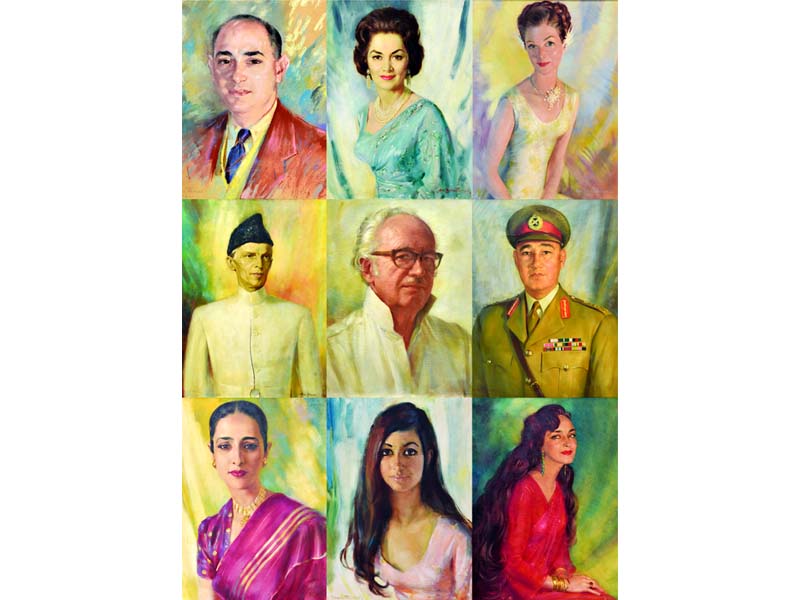
It was the year 1989 when Romano Karim Yusuf, an art enthusiast, saw some captivating family portraits at his friend’s place. Completely mesmerised with the life-like paintings, Romano inquired from his friend about them and learned that they were the works of ‘Uncle Hal.’
“I was very young, but it sparked my interest and I started researching about ‘uncle Hal’, who turned out to be Hal Bevan-Petman -- a British portrait artist based in Rawalpindi. He was part of the third generation of his family in India,” Romano said.
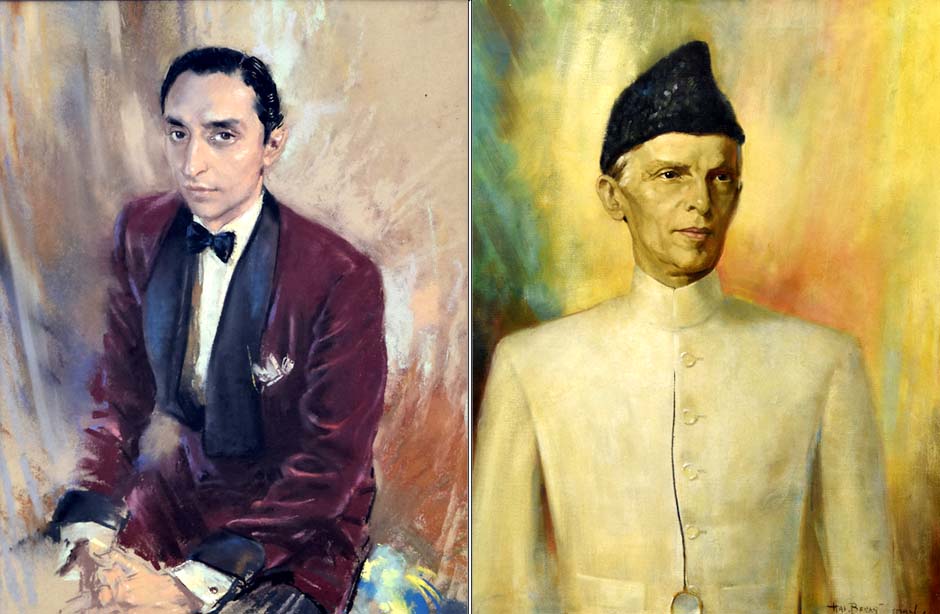
As he delved into Petman’s life, Romano became his most ardent follower and devoted the next 30 years to research the artist’s work. Historical accounts show that Bevan-Petman grew up between India and England. He graduated from London’s Slade School of Art in 1917 but decided to make Pakistan his home after Partition.
“When I started pursuing Petman’s work, there was no existing research on his art or life at all,” Romano said, adding that he had to start from scratch.
The researcher recently exhibited his labour of love in the form of the first-ever retrospective on Petman’s work at Karachi’s Mohatta Palace. Titled “Staying On: The Art of Hal Bevan-Petman,” the elaborate display has been made possible by private lenders who hold his paintings in their collection.
From the portrait of the founder of the nation Muhammad Ali Jinnah to high-ranking officials belonging to Pakistan’s armed forces to beautiful Pakistani women and children, Petman’s paintings provide a glimpse of the Pakistani society in the 1950s, 60s and 70s, which has now evolved into a different age.
Apart from portraits, Petman’s work also includes landscape paintings that chronicled the social norms of a young Pakistan, in the years immediately following Independence.

Capturing the particularities of high society
“When Hal painted my portrait, I was about 13 years of age. It took him three to four months and several sittings to complete the portrait,” Umbereen Fahim Inaam, one of the collectors, told The Express Tribune. “I was very young at the time and when I saw the finished product, I was not happy. It didn’t look like me,” she said, with a laugh.
Umbereen’s father Lieutenant General Aftab Ahmed Khan was the one to approach Petman and commission him the work.
“Even when I look at the picture now, I still don’t feel very pleased. However, after all these years, I feel honoured to be painted by Petman and I think he did a great job,” Umbereen said.
“I would like to congratulate Romano for holding this fantastic exhibition.”
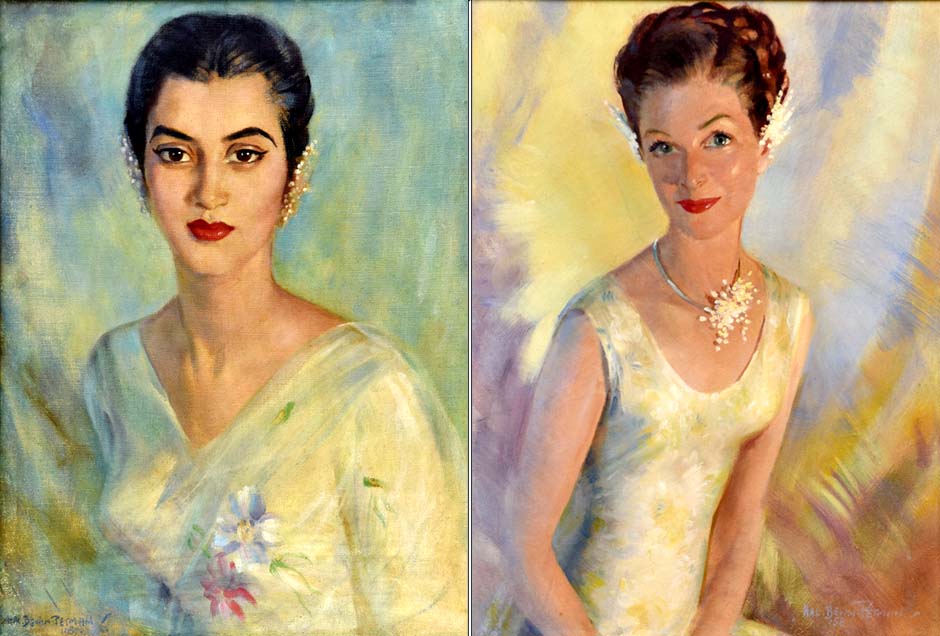
Like Umbereen, Qaisra Ahmed, whose father Dr Saeed Ahmed was a friend of the artist, recalled her experience of being painted by Hal as a great one.
“I used to call him Uncle Hal as he and his wife were our family friends. I was 16 years of age when he drew my portrait,” Qaisra said.
“It took him several sessions to complete it and, as a teenager, I found it difficult to sit still for the portrait for so long but Uncle Hal was full of life. He kept talking to me and made me laugh as he worked his magic with his brush,” she recollected.
Qaisra said that Petman was interested in sports as a kid but after being afflicted with polio, he lost his ability to walk.
“I am not sure, but I guess that he discovered his hidden artistic talent and pursued it as a profession because of his disability,” she said.
Qaisra also revealed that even though Petman was a westerner, he was very much part of the Pakistani society.
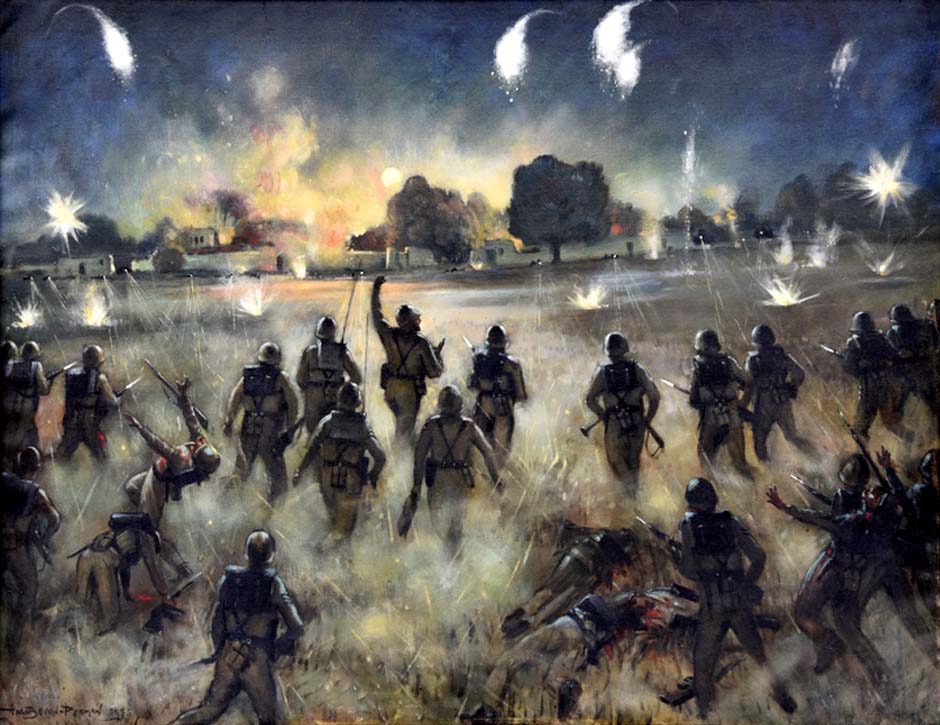
“Our family used to send him gifts for Christmas and he would send us gifts on Eid. He also spoke a little bit of Urdu,” she said.
Petman’s work also includes two elegant portraits of the late Nawab Sadiq Muhammad Khan Abbasi of Bahawalpur and his wife Lady Oliveen Jamila Abbasi.
“The portraits belong to my late wife Princess Rafiqua Abbasi’s parents. As far as I can recall, the Nawab commissioned the work to Petman in the early 1950s,” said Barrister Irshad Abdul Kadir, who came to attend the exhibition with his daughter. “Petman’s work is very impressive and the researcher has done a great job collecting the portraits from across the country to bring history to life.”
A passionate tribute
In 2011, Romano decided to make a documentary on Petman’s career coalesced with his private life. Despite having no resources, he embarked on the project solely out of his interest and passion for the forgotten artist’s work.
“I had no external funding or financial support so I spent from my pocket and travelled across Pakistan to talk to collectors. I had to borrow a camera from a friend to videotape interviews and create a documentary,” Romano said.

“At the time, my late friend Shayan Afzal Khan, fondly known as Poppy, generously lent me $8,500 to complete the documentary. I am forever grateful to her for the favour,” Romano said.
Speaking about his exhibition that will continue for the next few months, Romano said that it took him four years of hard work to approach the collectors and finally materialise the event.
“I have held two exhibitions on Petman in Karachi and Lahore, respectively, in the past too, but they were not on a large scale. The current one took a lot of dedication and hard work but I am glad I paid a tribute to Petman. The response has been overwhelmingly positive."
Romano said that it is his dream to write a book on Hal Bevan-Petman so that his three-decade-long research could be compiled. He, however, added that he does not have the funding to publish a book right now.
“It is necessary to document Petman's life in the form of a book to safeguard his memory and his artistic contribution to our society.”


































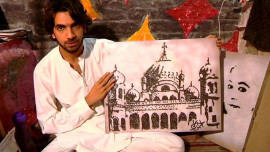
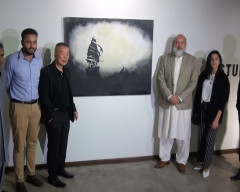



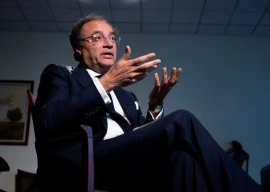
1713521455-0/Untitled-design-(9)1713521455-0-270x192.webp)






















COMMENTS
Comments are moderated and generally will be posted if they are on-topic and not abusive.
For more information, please see our Comments FAQ